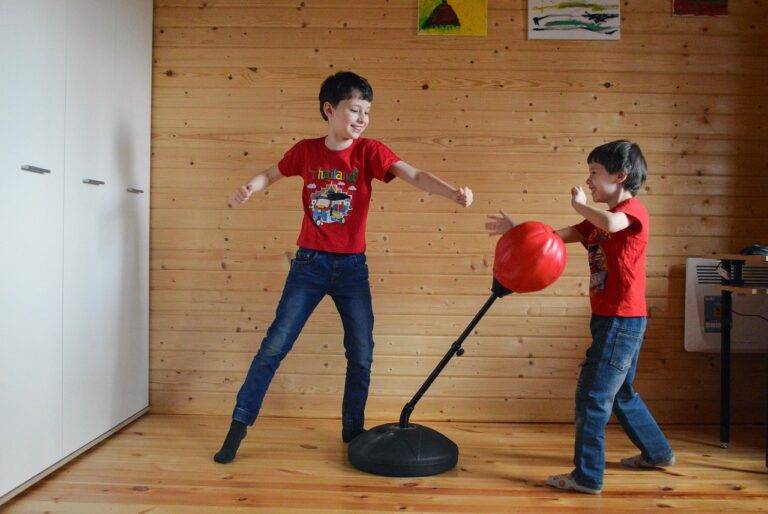Sustainability in Theater Productions: Eco-Friendly Set Design and Costume Creation
Using eco-friendly materials in set design is not only beneficial for the environment but can also add a unique touch to any production. Opting for materials such as reclaimed wood, bamboo, or recycled plastics can help reduce the carbon footprint of a set, while also adding character and authenticity to the overall design.
Incorporating sustainably sourced fabrics like organic cotton, hemp, or linen can also enhance the aesthetic quality of a set while promoting ethical practices within the industry. These materials not only look great on camera but also contribute to a more environmentally conscious approach to set design.
Cost-Effective Ways to Implement Sustainable Practices
Planning and executing sustainable practices in set design doesn’t have to break the bank. One cost-effective way to implement sustainability is by choosing eco-friendly materials such as recycled wood, bamboo, cork, or even reclaimed metal for set construction. These materials not only reduce the carbon footprint of your production but also add a unique aesthetic to your sets.
Another budget-friendly approach is to invest in energy-efficient lighting options for your sets. LED lights, for example, consume less energy and last longer than traditional incandescent bulbs, ultimately saving you money on electricity bills while lowering your environmental impact. By making these small changes in materials and lighting, you can make a big difference in the sustainability of your set designs without sacrificing quality or creativity.
Innovative Techniques for Recycling and Repurposing Props
When it comes to sustainable set design practices, utilizing innovative techniques for recycling and repurposing props is essential. One effective method is creating new props from old materials. For instance, old cardboard boxes can be transformed into intricate set pieces with a fresh coat of paint and a creative touch. This not only reduces waste but also adds a unique, handmade element to the production.
Another impactful approach is collaborating with local artists or artisans to repurpose props. By engaging with the community and supporting local talent, set designers can acquire one-of-a-kind pieces while promoting sustainability. This not only infuses the production with a sense of authenticity but also reduces the carbon footprint of sourcing new props from distant suppliers. By thinking outside the box and embracing creative solutions, set designers can play a crucial role in promoting eco-friendly practices in the entertainment industry.





